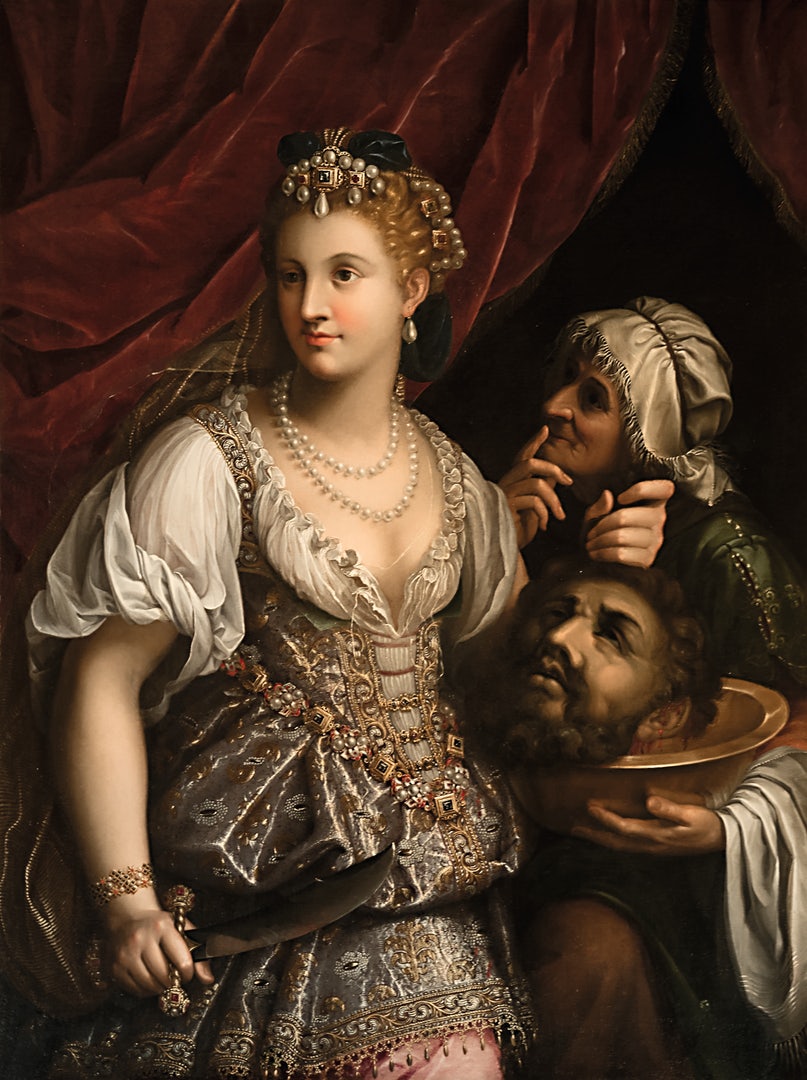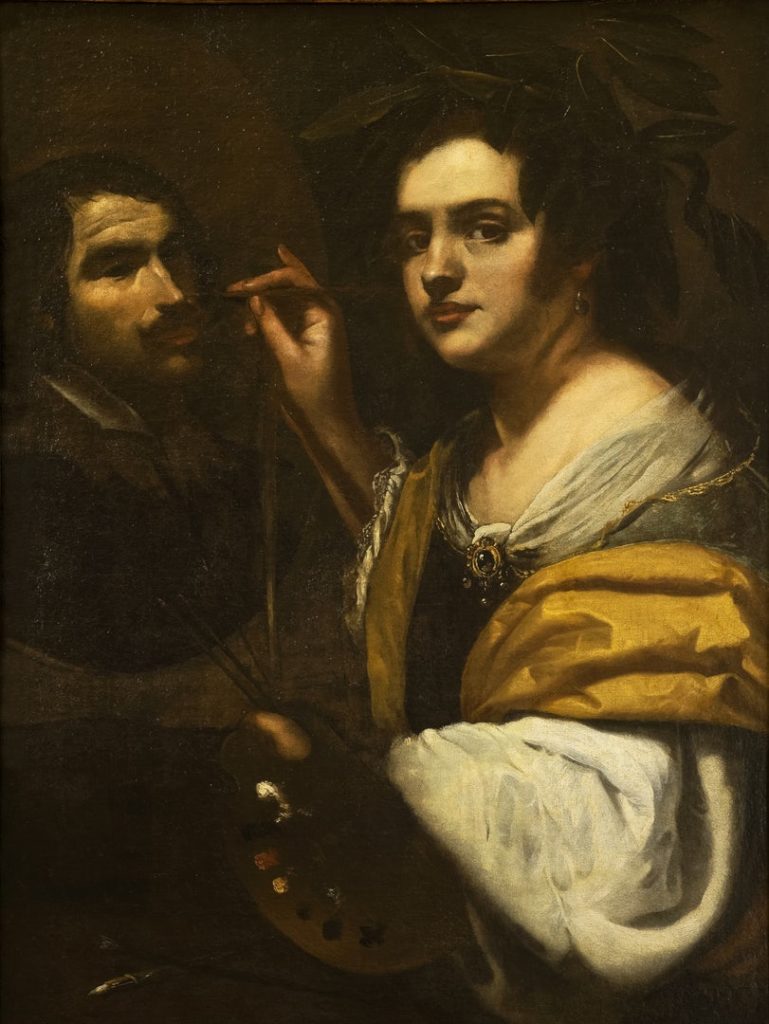What was the role of women artists in Late Renaissance and Baroque Italy and how did they express their own art in a male-oriented world? This is the premise of the fall exhibition of the Museum of Fine Arts Ghent (MSK), taking place from 20 October 2018 to 20 January 2019. Featuring some fifty paintings, the exhibition sheds light on the critical role of women painters in Italy from 1580 to 1680. Artemisia Gentileschi (1593–1652), arguably the most famous woman of 17th-century Italian art, figures prominently in the exhibition. Her work is compared with that of her female contemporaries, as the visitor is taken back to a pivotal moment in art history.
During the 16th and 17th centuries, women artists in Venice, Rome, Naples, and Bologna undeniably shared a common ground that earned them their own place in the Baroque aesthetics. These women chose to dedicate themselves to painting and, consequently, to compete with male artists and their studios. They were the daughters, sisters or wives of well-known artists, or in some cases nuns. Their works displayed a conceptual and formal coherence that formed a sharp contrast to the styles of the period. Through bold treatements and brilliant pictorial devices, they circumvented – delicately when needed, forcefully if possible – the strict artistic rules imposed on women at this time.
Artemisia Gentileschi - self portrait 1637
Artemisia: the fight against authority
Artemisia Gentileschi (1593–1652) figures prominently in archival documents and literature. Like her father Orazio Gentileschi, Artemisia was a proponent of Caravaggio’s dramatic realism. Her work placed her in direct competition with her male contemporaries, and she enjoyed significant success. Artemisia gradually rose above her station and came to symbolize the fight against artistic authority: firstly, against her father’s authority, and later, vigourously, against the lack of freedom for women.
Reinterpreting the champion of women painters
In the past, Artemisia’s unique artistic position was at times too easily linked to these stories. The MSK exhibition will endeavor to qualify this perception by examining the conditions under which women artists of the Late Renaissance and Baroque lived and worked. Because Artemisia was far from the only woman to champion the cause of female painters.
Sofonisba Anguissola (1532-1625), Fede Galizia (1578-1630), Giovanna Garzoni (1600-1670) et Orsola Maddalena Caccia (1596-1676), Lavinia Fontana (1552-1614), Virginia da Vezzo (1601-1638) and Elisabetta Sirani (1638-1665): all these women had to make do with portraiture and allegorical paintings featuring fruit and flowers. However, they were quick to flout these restrictions. Their mythological and religious figures are often hidden self-portraits, and the naturalistic ways in which these subjects are presented are of significant note. The same naturalism can be found in their still life paintings.

Fede Galizia, Judith with the head of Holofernes, 1596
‘The ladies of the baroque’ shows the artists using the themes that were forced on them as powerful instruments of both exquisite art and, at times, of defiance and opposition. The exhibition takes the visitor back to an important time in art history, when women began to take up a more prominent public role as artists.
The MSK has brought together an exceptional selection of works from both prestigious museum such as the Gallerie degli Uffizi (Firenze), Palazzo Barberini (Rome), the Gemäldegalerie (Berlin) and the Galleria Borghese (Rome), as well as finds from important private collections. Many of these works have been on public display only occasionally or are presented now for the first time, offering a unique opportunity to see the evolution of these women painters and their art from the late Renaissance to the Baroque.
For more information: www.mskgent.be

